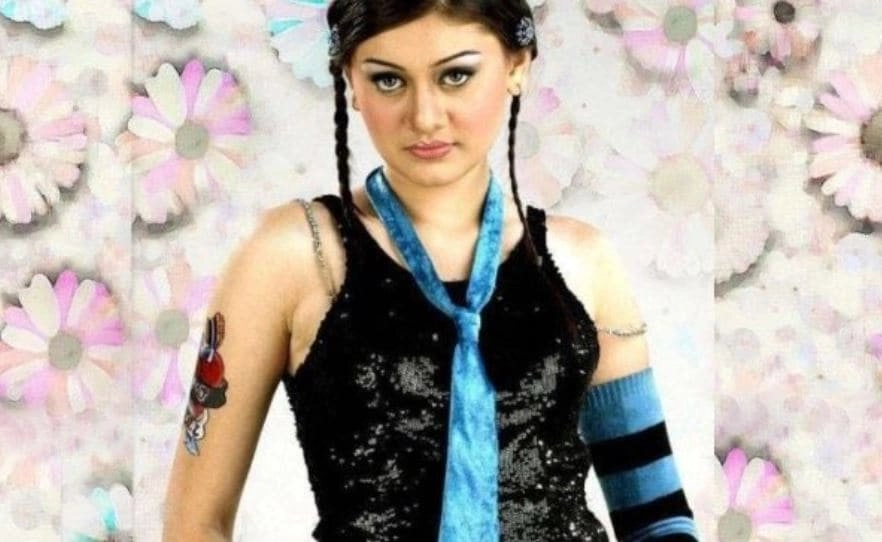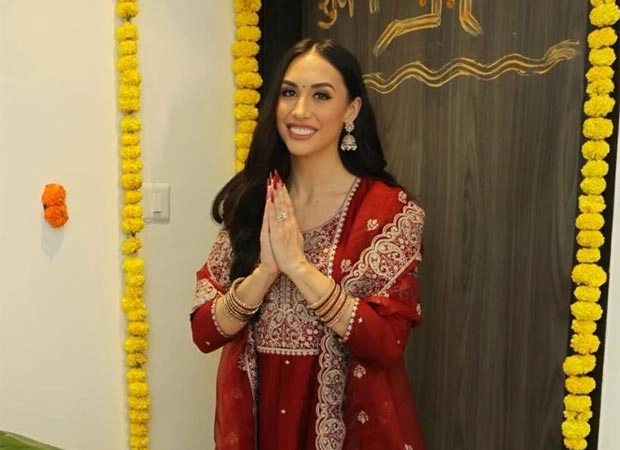Shefali Jariwala’s rendition of “Kaanta Laga” emerged as a defining moment in the pop-culture landscape of the early 2000s, captivating audiences with its infectious blend of catchy beats and seductive visuals. Released in 2002, the song quickly gained traction, largely due to its unique fusion of traditional Indian music elements with contemporary electronic sounds. The track, featuring Jariwala’s sultry dance moves and striking looks, became a staple at parties and social gatherings, resonating particularly with the youth of that era. Its distinctive appeal was not just in the music but also in the way it redefined the female pop star image in India, setting new standards for glamour and performance.
The success of “Kaanta Laga” can also be attributed to its innovative marketing strategies and the strategic use of media at the time. The song was included in a music video that showcased Jariwala in a striking avatar, which quickly became iconic. The visual representation played a significant role in propelling her into the limelight, making her a household name almost overnight. This phenomenon was further amplified by the rise of television music channels, which provided a platform for such music videos to reach a broad audience, thus cementing Jariwala’s status as a pop icon. The song’s catchy chorus and memorable hook made it a favorite among music lovers, leading to numerous remixes and adaptations, which kept it alive in conversations long after its initial release.
Beyond its immediate popularity, “Kaanta Laga” left a lasting impact on Indian pop culture, influencing a generation of aspiring artists and musicians. It marked a shift in how music and dance were presented in India, paving the way for future artists to explore more eclectic and experimental sounds. Jariwala’s performance style inspired many young women to embrace boldness and confidence, encouraging them to express their individuality through dance and music. This shift not only transformed the music scene but also contributed to changing societal perceptions around female performers in the entertainment industry.
In retrospect, Shefali Jariwala’s “Kaanta Laga” serves as a quintessential example of how a single song can encapsulate a cultural moment. The fusion of catchy music, striking visuals, and the emergence of a powerful female icon created a perfect storm that resonated deeply with the audience. The legacy of “Kaanta Laga” continues to be felt, as it remains a nostalgic reminder of a transformative period in Indian pop culture, where music, dance, and visual aesthetics began to intertwine in exciting new ways. Its impact is a testament to the power of pop music in shaping cultural narratives and influencing generations to come.




